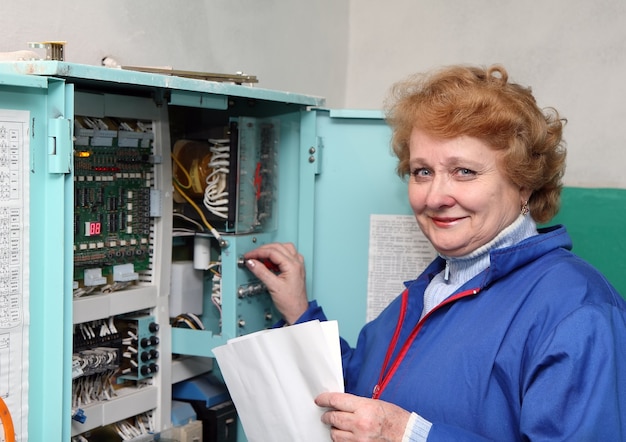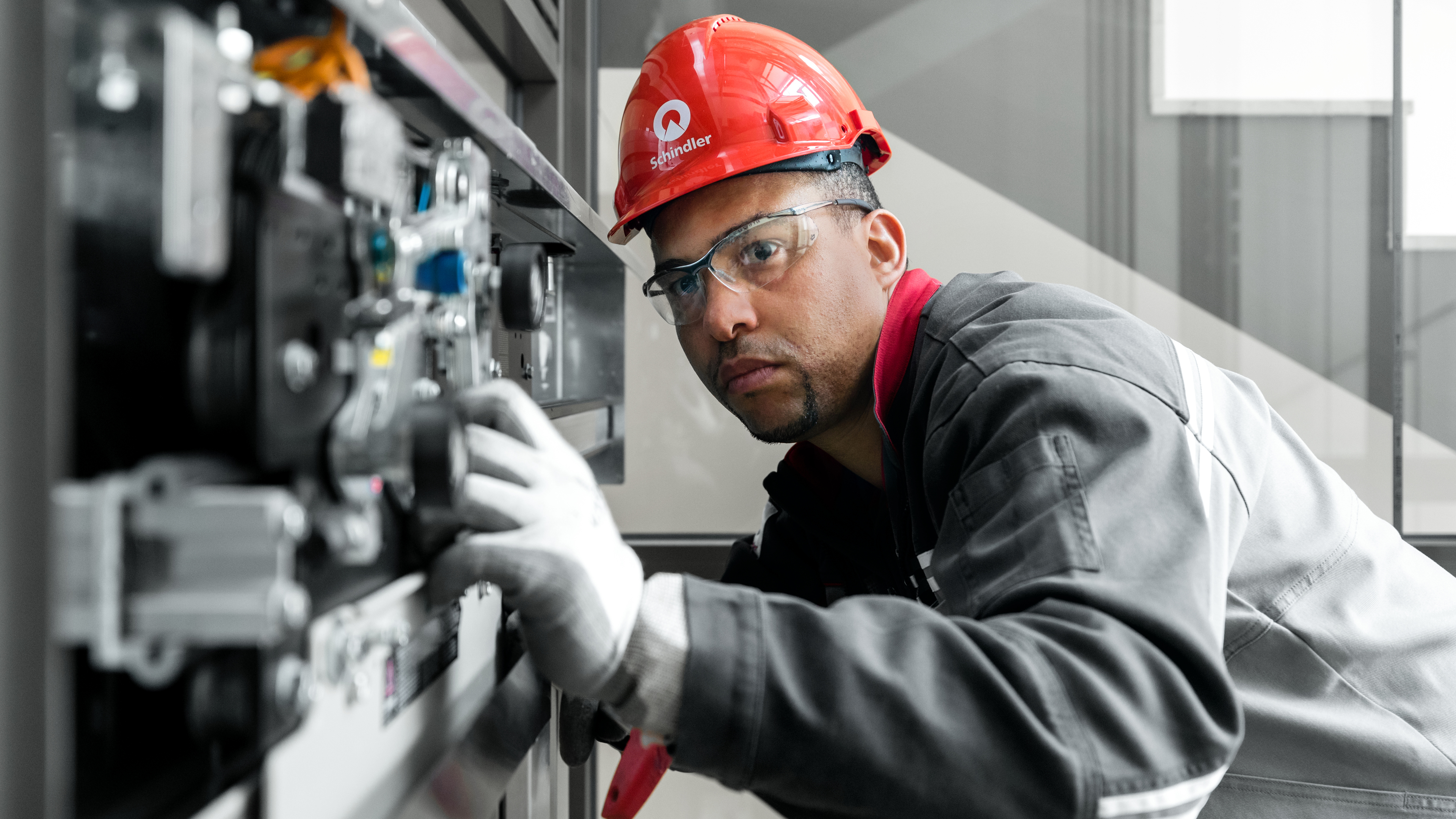Exploring the Comprehensive Steps Required for Lift Upkeep
In the world of structure upkeep, making certain the appropriate functioning and safety and security of lifts is extremely important. By addressing key elements such as positive upkeep schedules, safety checks, and emergency readiness, a comprehensive understanding of the intricacies included in lift maintenance can lead to enhanced effectiveness and security.
Routine Inspections
When it concerns making certain the long life and safety and security of your lift system, regular inspections are vital. These regular checks play a critical function in recognizing any kind of possible concerns prior to they rise into major problems, guaranteeing the secure and smooth procedure of the lift. By carrying out regular examinations, upkeep teams can proactively deal with deterioration, malfunctioning components, or any type of various other problems that might compromise the lift's efficiency or security.
During these assessments, educated specialists extensively take a look at various facets of the lift system, consisting of mechanical elements, electric systems, safety and security attributes, and overall architectural honesty (lift engineer). They search for indicators of wear, corrosion, leakages, or any anomalies that could indicate an issue. In addition, they verify that all safety mechanisms are working correctly and in compliance with guidelines. By identifying and addressing problems beforehand, these evaluations aid stop expensive repairs, downtime, or safety threats, inevitably extending the life expectancy of the lift system and making certain the wellness of its individuals.
Positive Upkeep Schedules
Carrying out proactive maintenance timetables is essential for making the most of the effectiveness and longevity of lift systems. By sticking to a positive upkeep technique, lift proprietors can attend to possible concerns before they escalate into significant issues, inevitably lowering downtime and pricey repair services. Positive maintenance entails routine evaluations, lubrication of moving parts, screening security features, and replacing worn parts. These set up upkeep tasks not only help in preventing breakdowns but also add to keeping the lift's efficiency at optimal levels.
A well-structured aggressive maintenance routine ought to describe particular tasks, frequencies, and responsible employees. When creating these schedules to make certain the lift operates safely and successfully, it is vital to comply with supplier recommendations and industry requirements. Additionally, documenting upkeep activities and maintaining thorough records can offer beneficial understandings right into the lift's performance with time, assisting in making and determining patterns educated maintenance choices.

Safety Compliance Checks
Making certain safety and security compliance with thorough checks is critical in keeping lift systems' reliability and securing individual wellness. Safety compliance checks involve a thorough examination of numerous elements, consisting of electric systems, mechanical parts, emergency situation brakes, doors, and other important safety and security attributes. These checks are necessary to identify any possible hazards or malfunctions that can compromise the lift's operation and placed customers in danger.
Routine safety compliance checks should be conducted by qualified specialists in adherence to sector guidelines and criteria. These checks aid in identifying problems early on, enabling prompt fixings and preventative maintenance measures to be carried out. In addition, keeping comprehensive documents of safety and security conformity checks is vital for tracking the lift system's efficiency over time and showing conformity here with security policies.
Tools Upgrades and Innovation
Enhancing lift systems via tools upgrades and modernization is necessary for improving effectiveness and safety standards in upright transportation. As modern technology developments, older lift systems may become obsolete, leading to lowered dependability and prospective safety threats. By spending in devices upgrades and innovation, building owners can guarantee that their lifts satisfy present industry criteria and guidelines.

Along with operational advantages, equipment upgrades and modernization tasks can also boost the aesthetics of the lift, offering a more appealing and modern experience for travelers. Ultimately, buying lift upgrades and innovation is a proactive approach in the direction of guaranteeing the long life, security, and performance of vertical transport systems.
Emergency Situation Readiness Preparation
An effective emergency try this out readiness plan is critical for ensuring the safety and security and swift response in instance of unanticipated events entailing lift systems. Emergency situation readiness planning for lift systems involves an organized strategy to mitigate risks, ensure traveler safety, and reduce downtime throughout emergency situations.
Secret elements of an emergency situation readiness prepare for lifts include clear communication protocols, regular training for lift drivers on emergency procedures, and regular drills to examine the efficiency of the strategy. lift engineer. In addition, the strategy must lay out details roles and duties for all stakeholders involved, including building management, maintenance personnel, and emergency situation responders
In the event of a lift malfunction or entrapment, having a well-defined emergency situation plan can assist in collaborating a efficient and punctual response to ensure the safety and wellness of passengers. Prompt interaction, accessibility to emergency tools such as interaction devices and emergency lights, and understanding of emptying procedures are necessary aspects of a thorough emergency readiness prepare for lift systems. By focusing on emergency situation readiness preparation, building managers can boost the overall security and integrity of their lift systems.
Conclusion
In verdict, the thorough measures needed for lift maintenance include routine assessments, proactive upkeep schedules, security conformity checks, devices upgrades and innovation, and emergency preparedness preparation. These steps are necessary for ensuring the safety and security, reliability, and efficiency of lifts in numerous setups. By carrying out these actions, lift owners can minimize the threat of accidents, expand the lifespan of their devices, and abide by industry guidelines.

During these assessments, trained professionals completely check out various facets of the lift system, including mechanical elements, electric systems, security features, and total structural integrity.Ensuring security compliance through detailed checks is critical in maintaining lift systems' reliability and protecting individual wellness. Keeping thorough documents of safety and security compliance checks is crucial for tracking the lift system's performance over time and demonstrating compliance with safety and security policies.
By prioritizing emergency situation preparedness preparation, structure supervisors this post can enhance the general security and reliability of their lift systems.